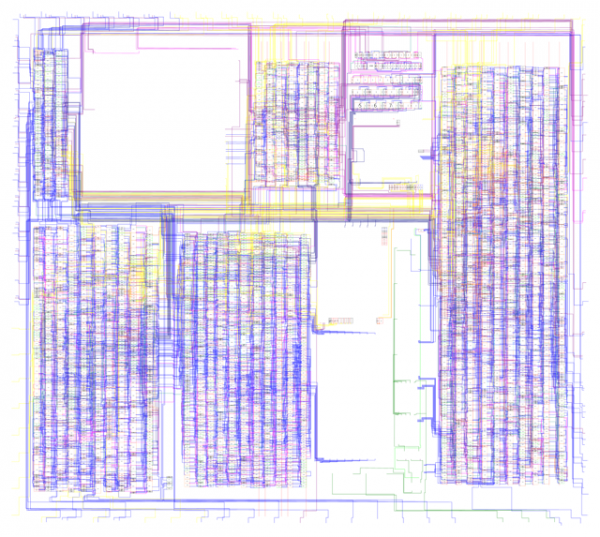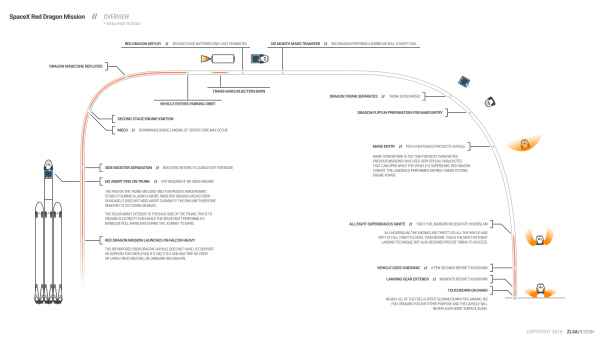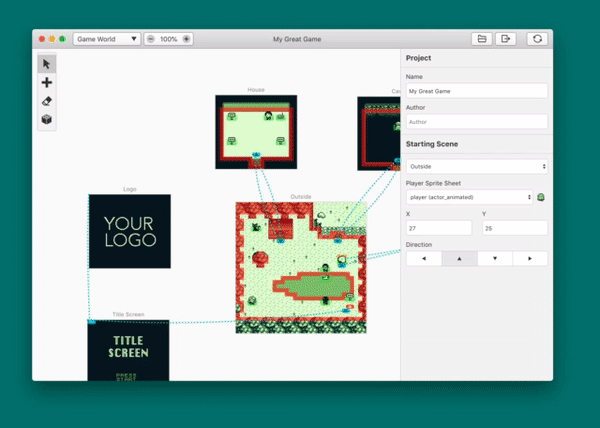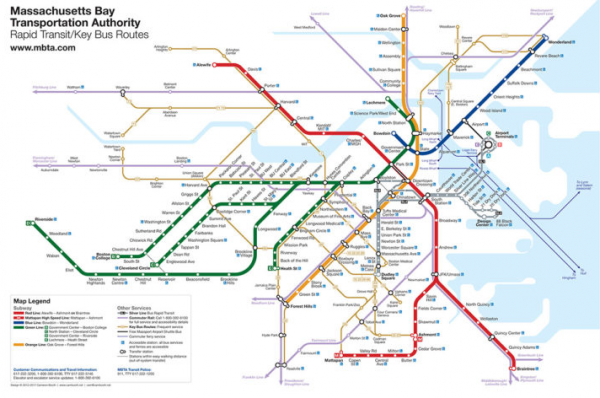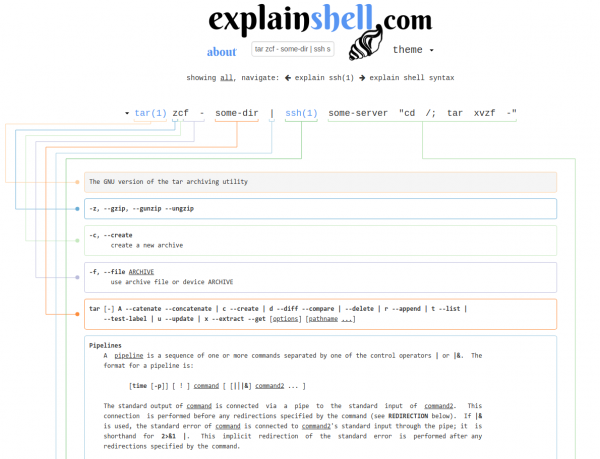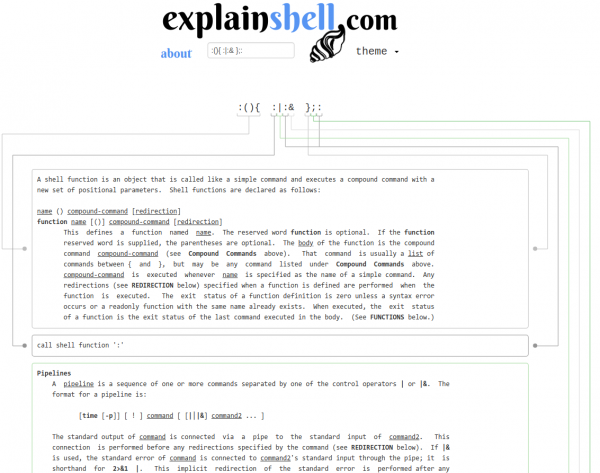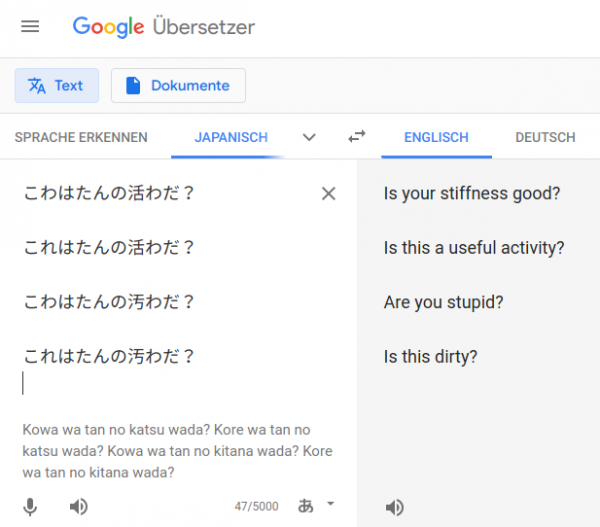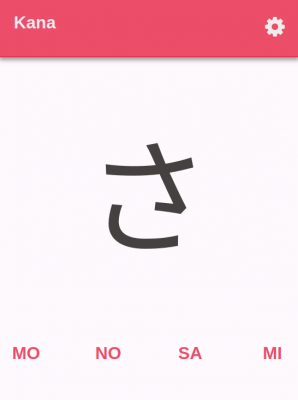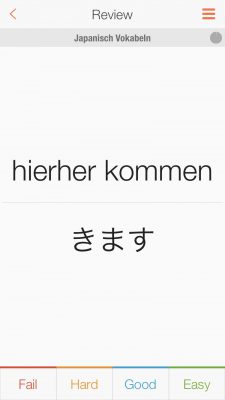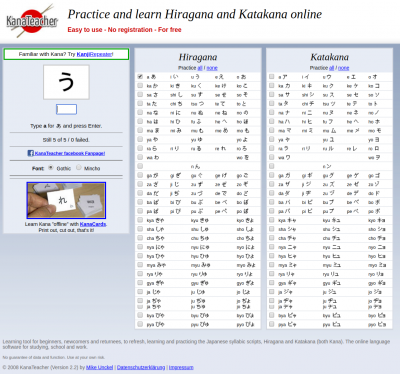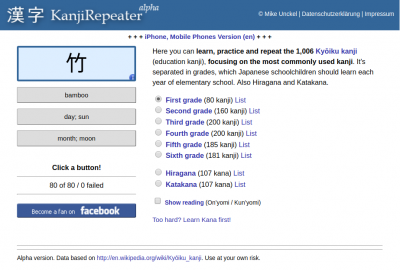This repo contains an annotated overlay for the Nintendo Game Boy DMG-CPU-B chip die and the extracted schematics.
This was done manually with only a few automated checks so THERE’S A HIGH RISK OF ERRORS. I’m in no way responsible if you made someone’s life depend on this and it fucked up.
https://github.com/furrtek/DMG-CPU-Inside
Spaceflight Infographics
A great source of SpaceX related infographics is this page here.
かくれんぼ
かくれんぼ – kakurenbo – Hide and Seek
見つけた!- mitsuketa – I found you!
見つかった!- mitsukatta – You found me!
make your own Game Boy game
GB Studio is a free and easy to use retro adventure game creator for Game Boy available for Mac, Linux and Windows. For more information see the GB Studio site
https://github.com/chrismaltby/gb-studio
How to design a Transit Map
We’ve all used them. And if they are made well they really make life easier: Transit Maps.
Apart from using transit map art style to visualize a train line transit maps can be applied to a lot of data visualization needs.
Take time to consider everything about your diagram. How thick do you want the route lines to be? Are they touching, or is there a slight gap between them? Are you going to use curves or straight edges where a line changes direction? Consider your station markers – will they be ticks, dots or something else? Think about how you would like to differentiate interchange stations or transit centres as well. Consider the typeface you’re going to use for station names – it should be legible and simple. When you’ve considered all these points, you’ve given yourself a set of rules that you will use to construct the diagram. Every design decision you make should be evaluated against these rules: sometimes, you can break them if needed, but it definitely helps to have them in your head as you work.
Tutorial: How to design a Transit Map
intuitive shell command explanations
You want or you have to use shells – command line interfaces. And it’s something that always leads to stackoverflow / google sessions. Or you’re studying man-pages for hours.
But there’s a better way to view and understand these man-pages. There’s explainshell.com. Here is an example of what it can do:
As you can see it not only takes one command and shows you the meaning/function of a parameter. But it takes complex structured commands and unfolds it for you nicely onto a web page. Even the harder examples:
japanese puns?
Learning a new language is full of discoveries along the way!
As I am spending more time on learning the Japanese language the more different things seem to unlock. One of those things is the apparent fun Japanese companies have with puns/slight writing mismatches.
Like this one – I think (as I can not be 100% sure yet…learning!):

This is an advertisement in a supermarket for a laundry detergent. It is themed to an Anime called “Attack on Titan” – properly because the detergents name is Attack. So when I tried to make sense of the text I first read it wrong, of course.
Let’s look at it step-by-step:
I first started reading the Hiragana portion and make sense of it. There I made my first mistake which is to misread the first second character. For some reason my brain went for わ (wa) when I should have gone for れ (re).
Then I typed away further and came to the Kanji. I read a 活 (katsu) when it in fact was a 汚 (kitanai).
Given that you’ve typed those into Google Translate you will get very interesting results. I had a good laugh by then:
I am not sure if this is on purpose or not – as I do not yet know if I am just making a mess on this or if this is intentionally done so that, given your level of Japanese reading and attention-spent reading it, you get very different and funny results.
Any Japanese readers that can add some explanations? Am I far off with the thoughts?
Digital assistant language teacher
Since a couple of months we are trying harder to learn a foreign language.
And as we excepted it is very hard to get a proper grasp on speaking the language. Especially since it is a very different language to our mother tongue.
And while comfortably interacting with digital assistants around the house every day in english and german the thought came up: why don’t these digital assistants help with foreign language listening and speaking training?
I mean Google Assistant answers questions in the language you have asked them. Siri and Alexa need to know upfront in which language you are going to ask questions. But at least Alexa can translate between languages…
But with all seriousness: Why do we not already have the obvious killer feature delivered? Everyone could already have a personal language training partner…
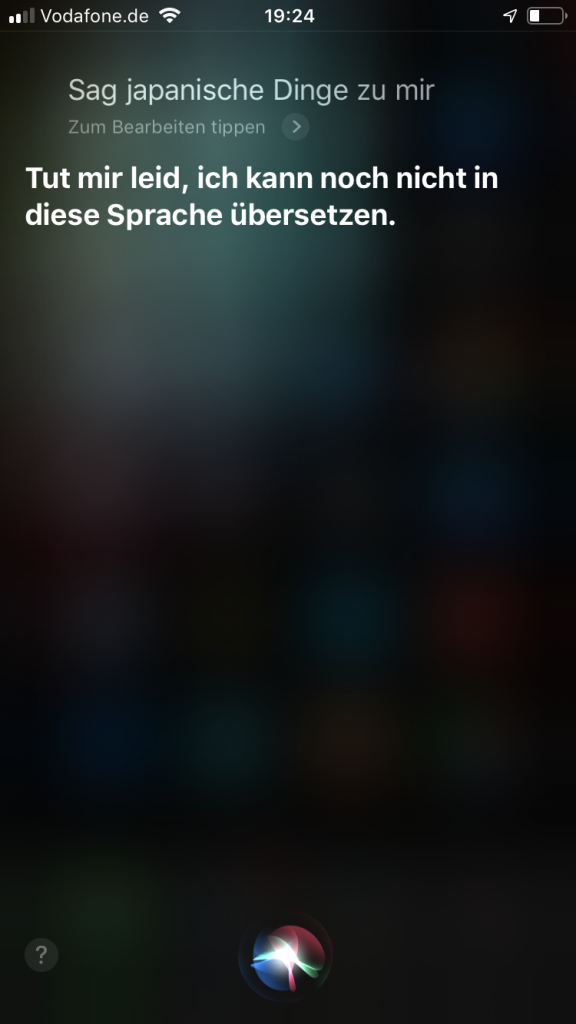
try to read/listen to japanese
I am at the stage of “trying to comprehend” the japanese spoken language.
I’ll be a happy camper if I would understand most of what is being said and could follow daylight normal conversations pointed towards me japanese. Like, you know, when trying to make a purchase or having to ask for that one bit of information.
For this, apart from excessive exposure to the spoken language, I am using some tools to help with reading to a small degree.
For those completely out of the loop:
Japanese has no genetic relationship with Chinese, but it makes extensive use of Chinese characters, or kanji (漢字), in its writing system, and a large portion of its vocabulary is borrowed from Chinese. Along with kanji, the Japanese writing system primarily uses two syllabic scripts, hiragana (ひらがな or 平仮名) and katakana (カタカナ or 片仮名). Latin script is used in a limited fashion, such as for imported acronyms, and the numeral system uses mostly Arabic numerals alongside traditional Chinese numerals.
https://en.wikipedia.org/wiki/Japanese_language
Here’s a list:
